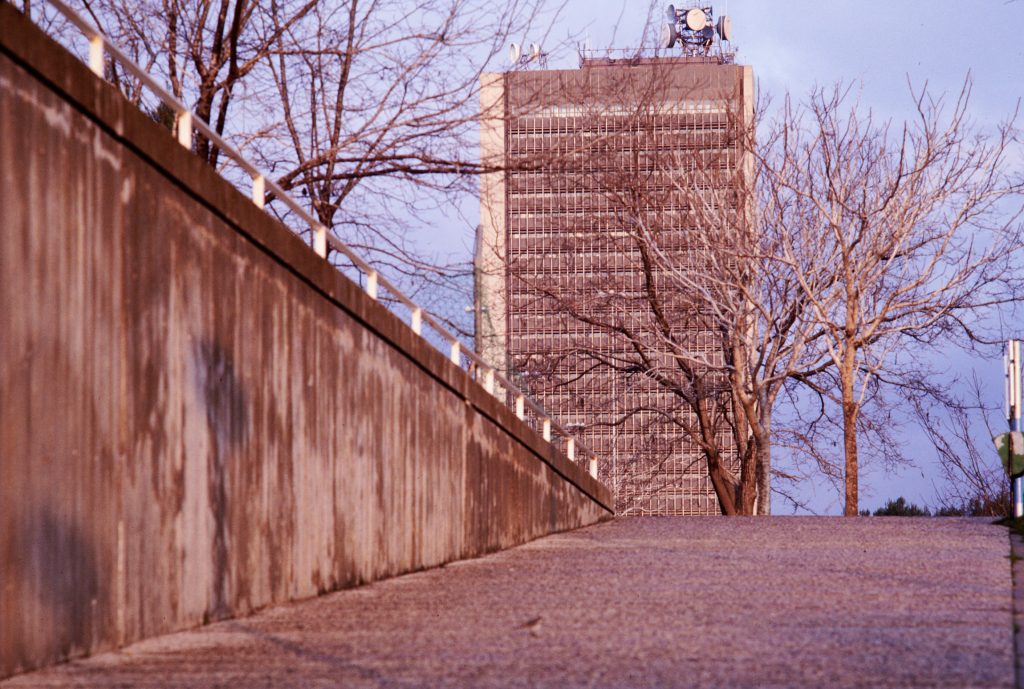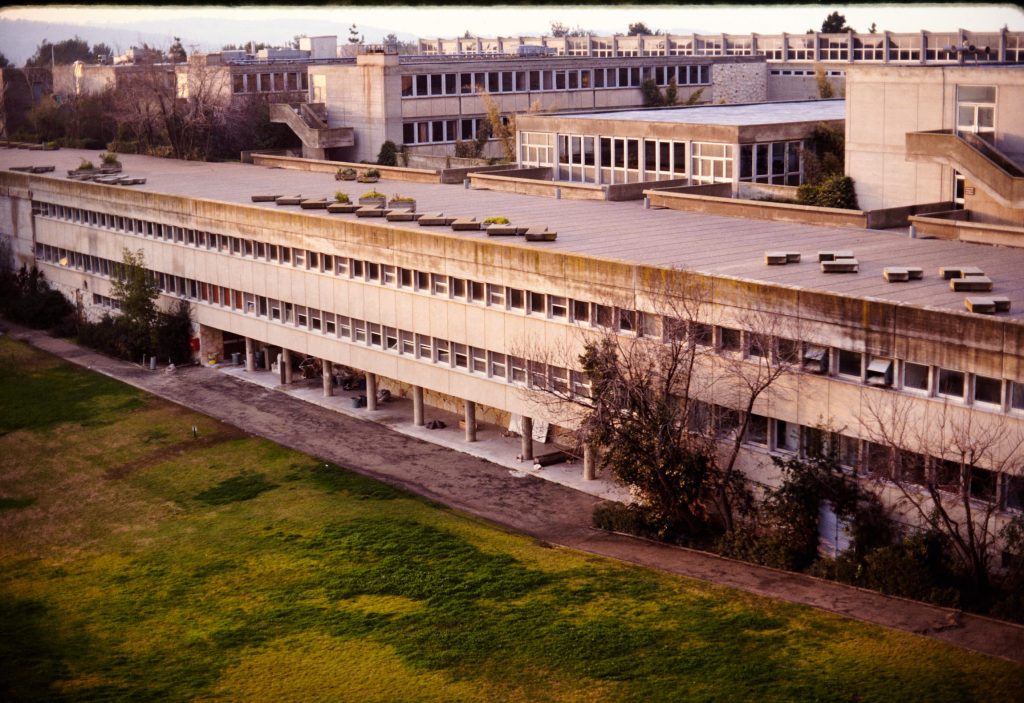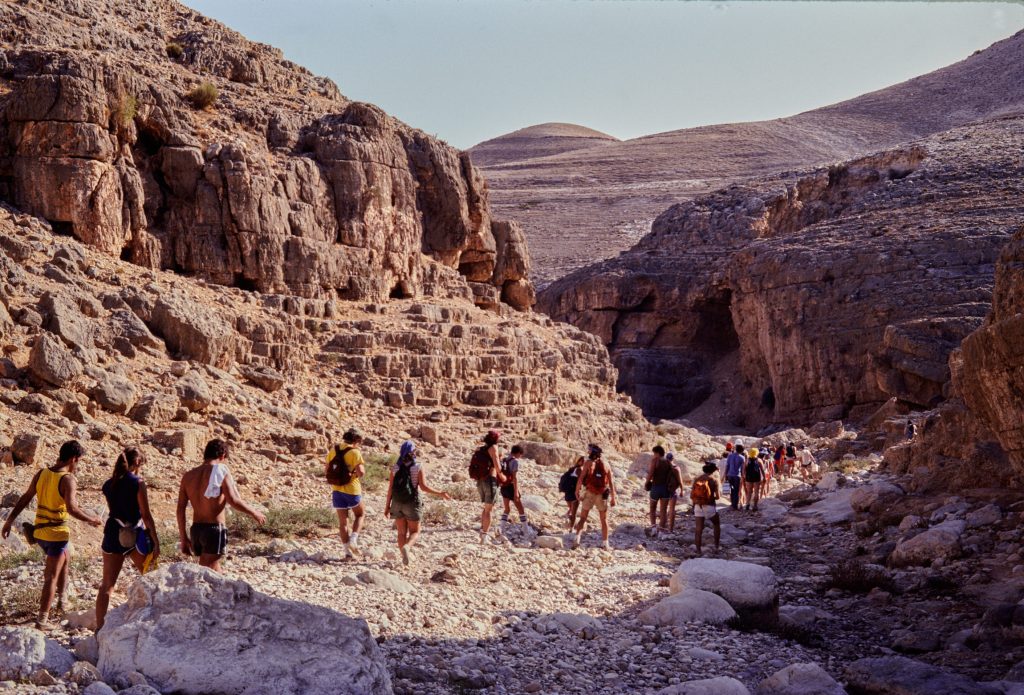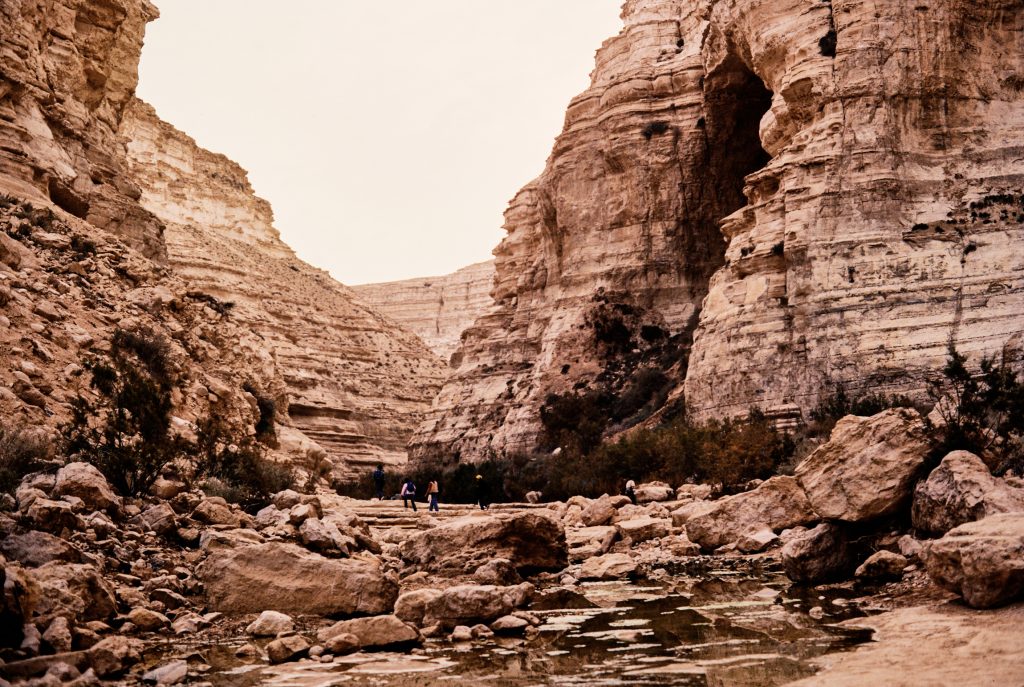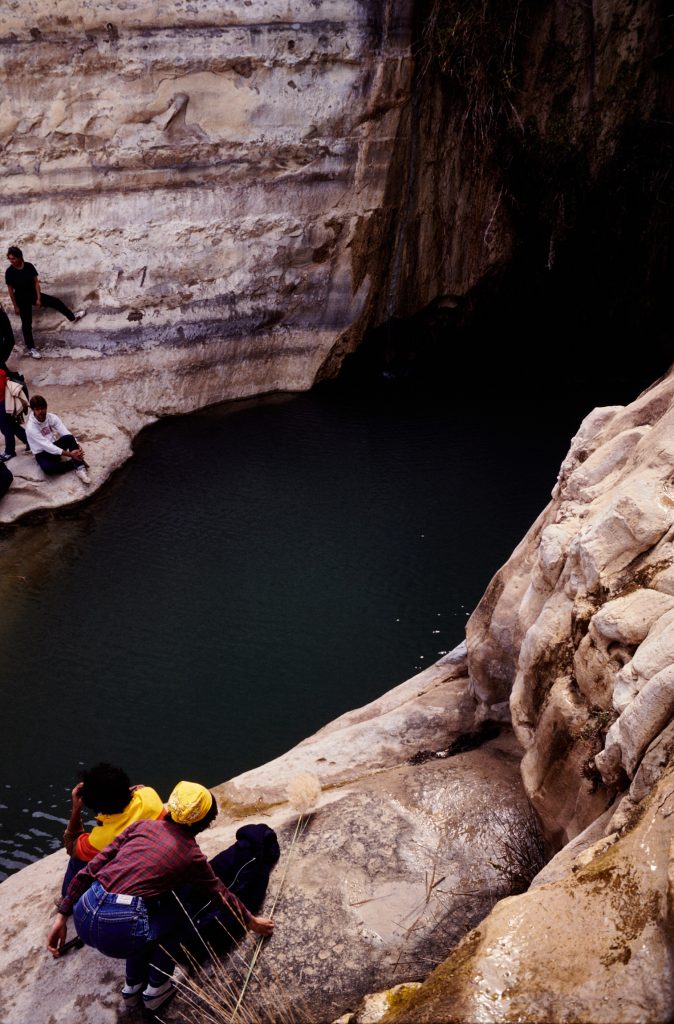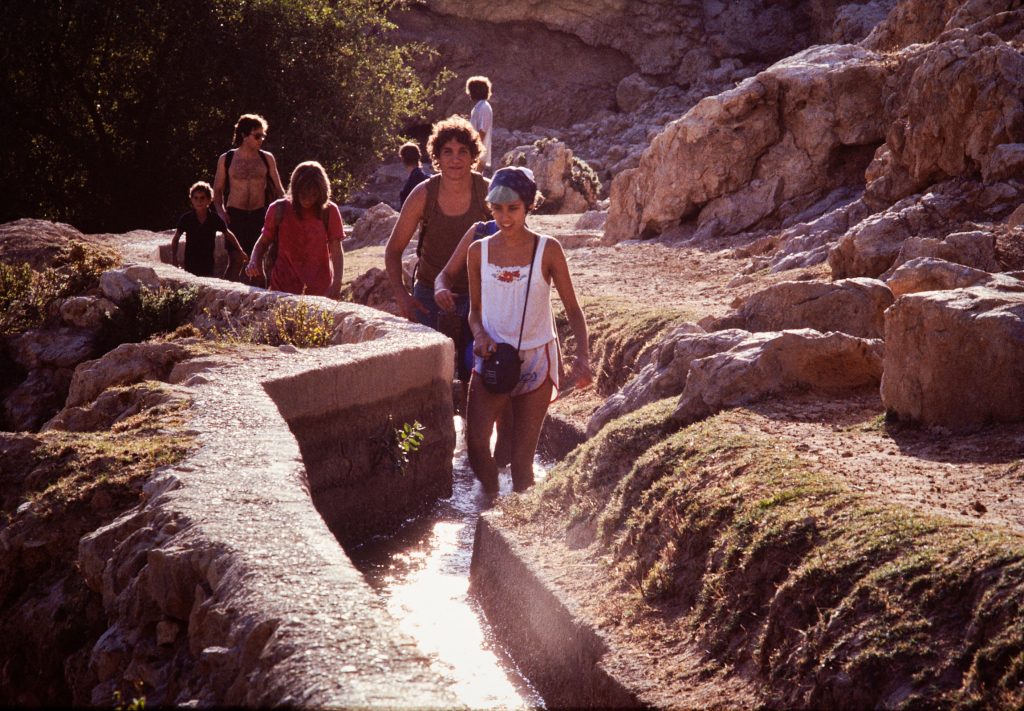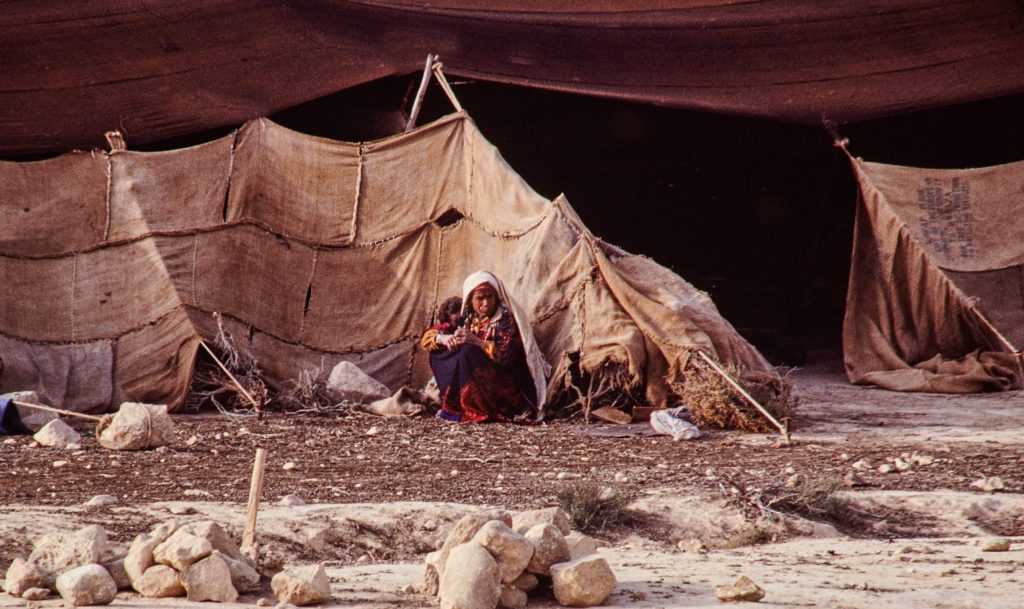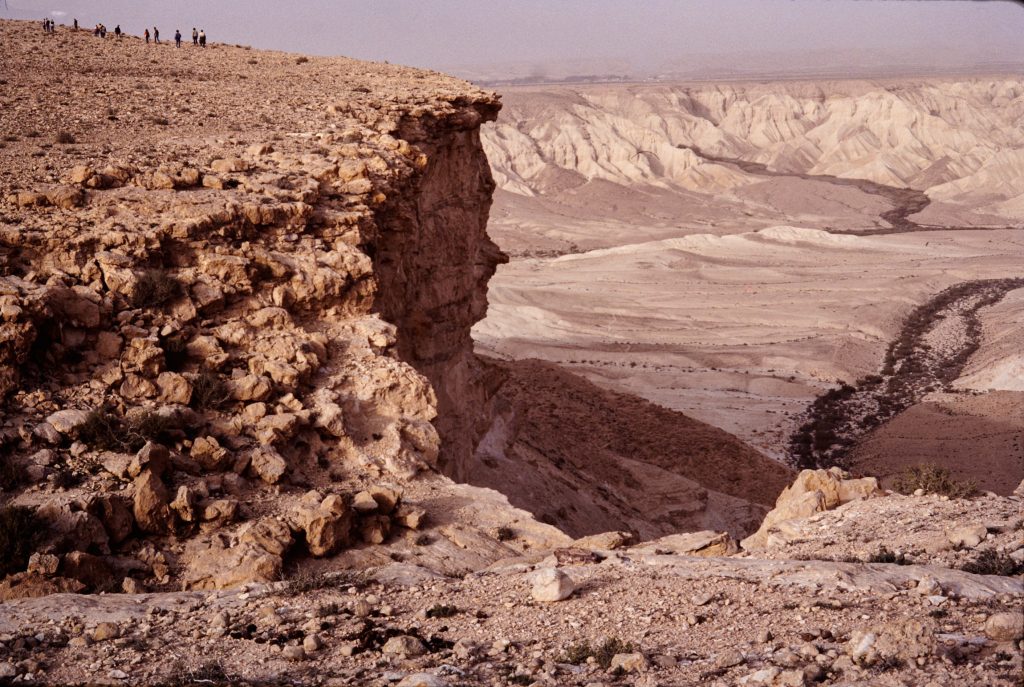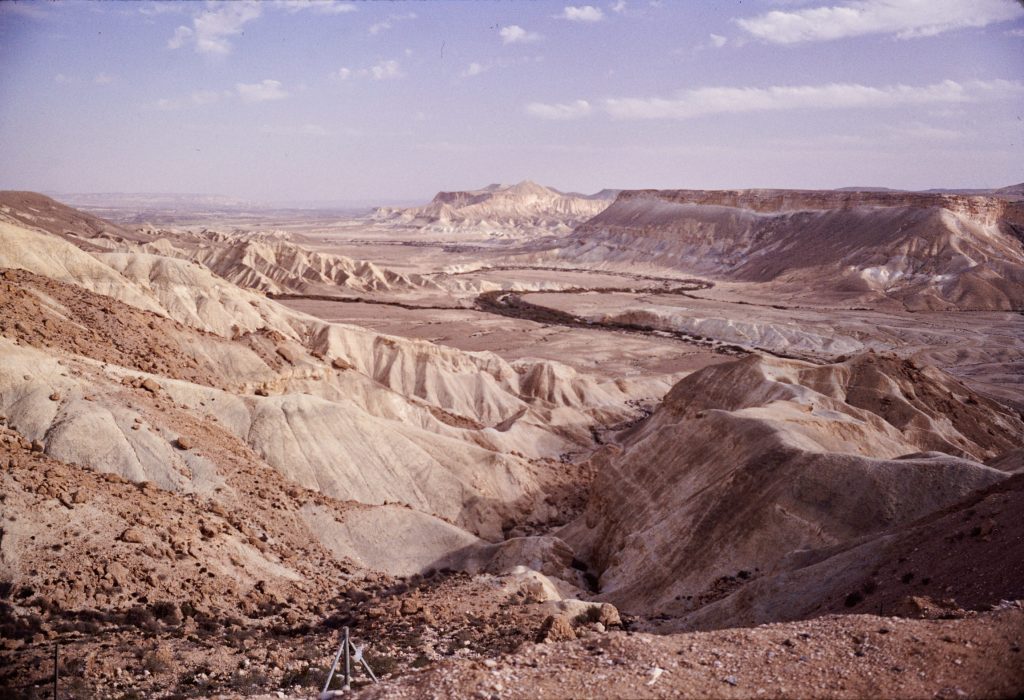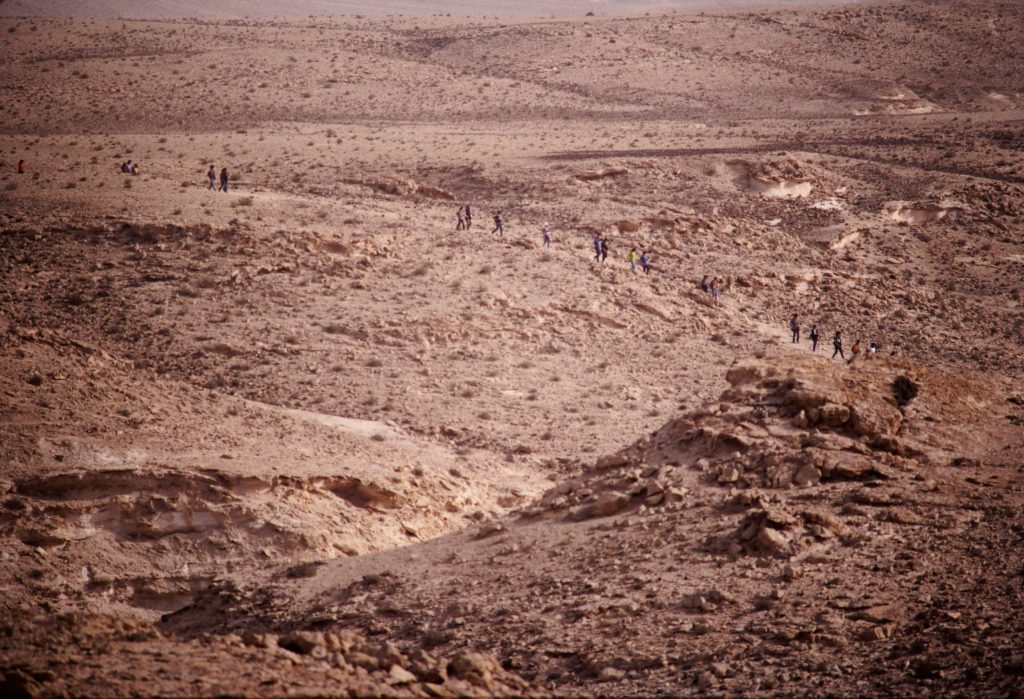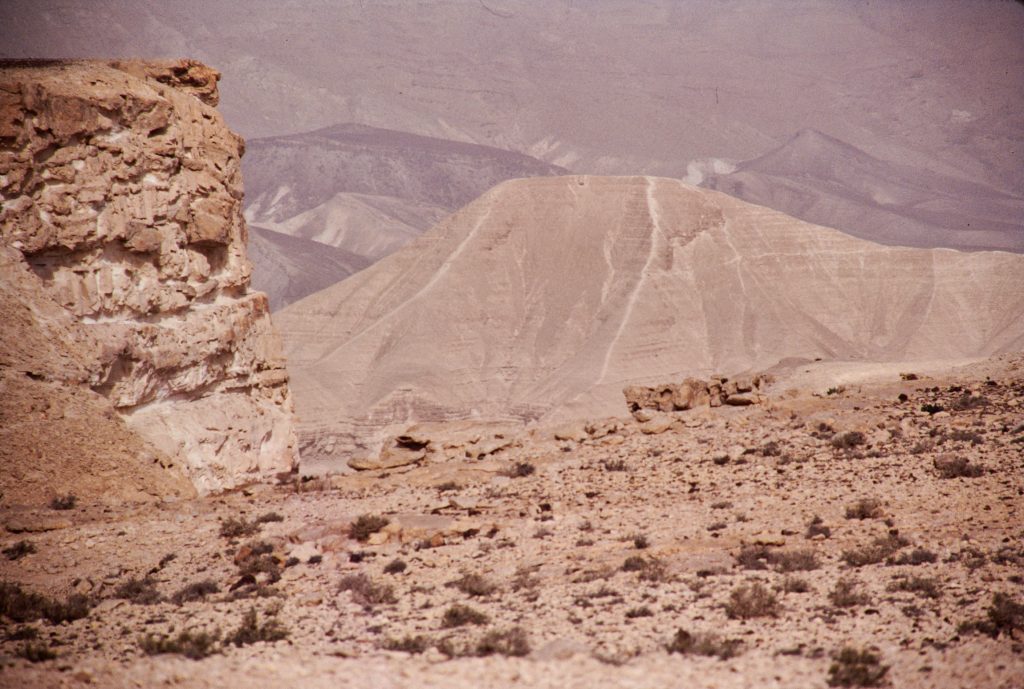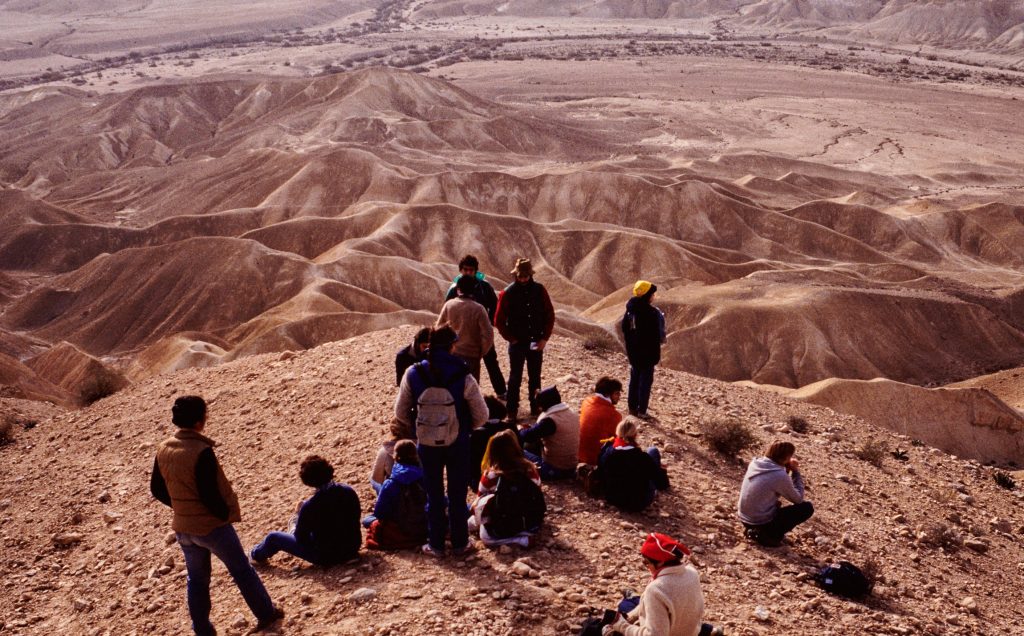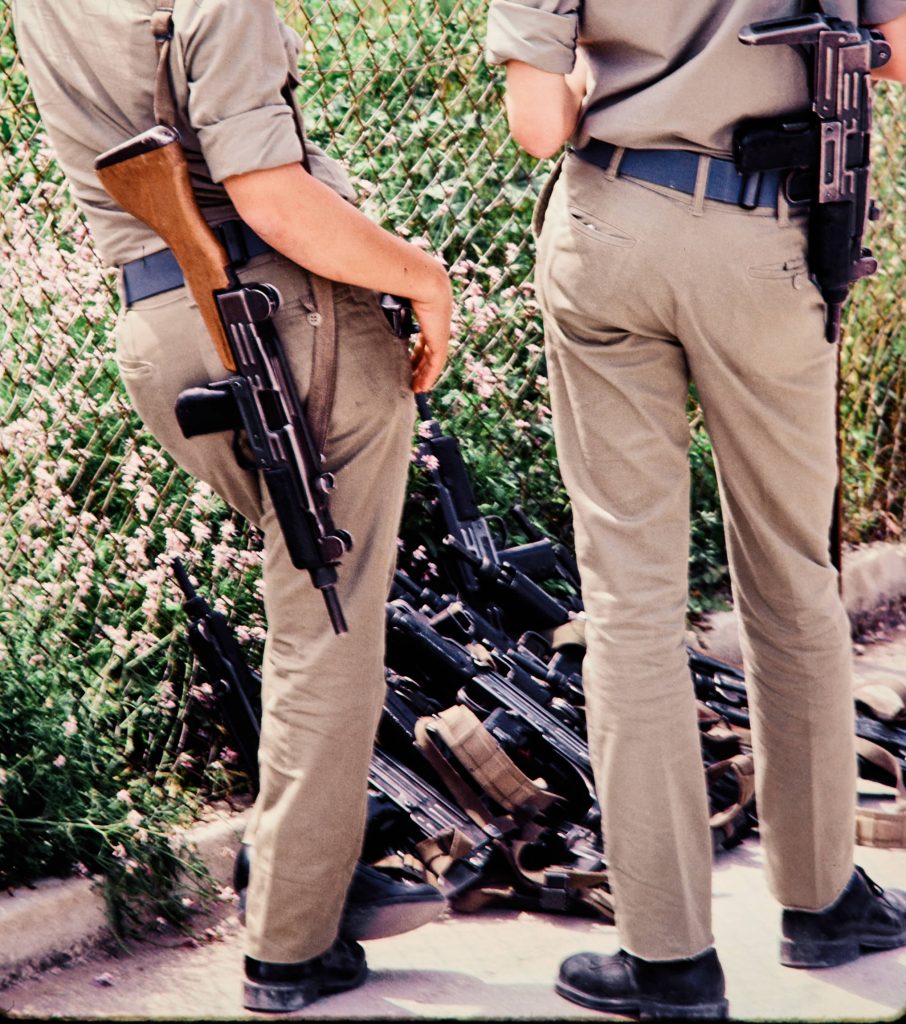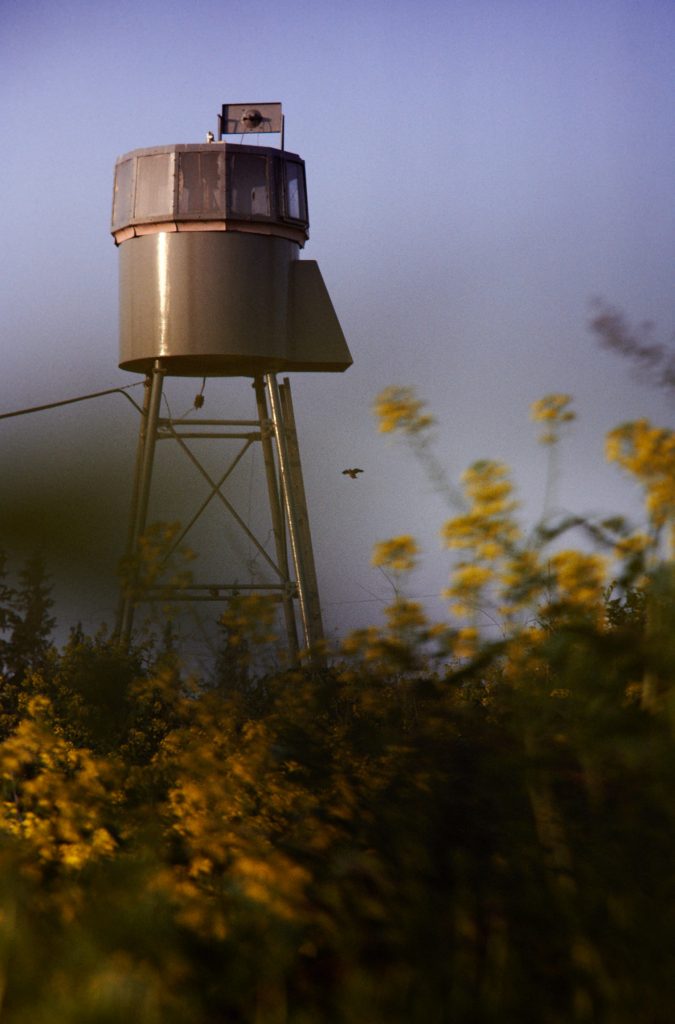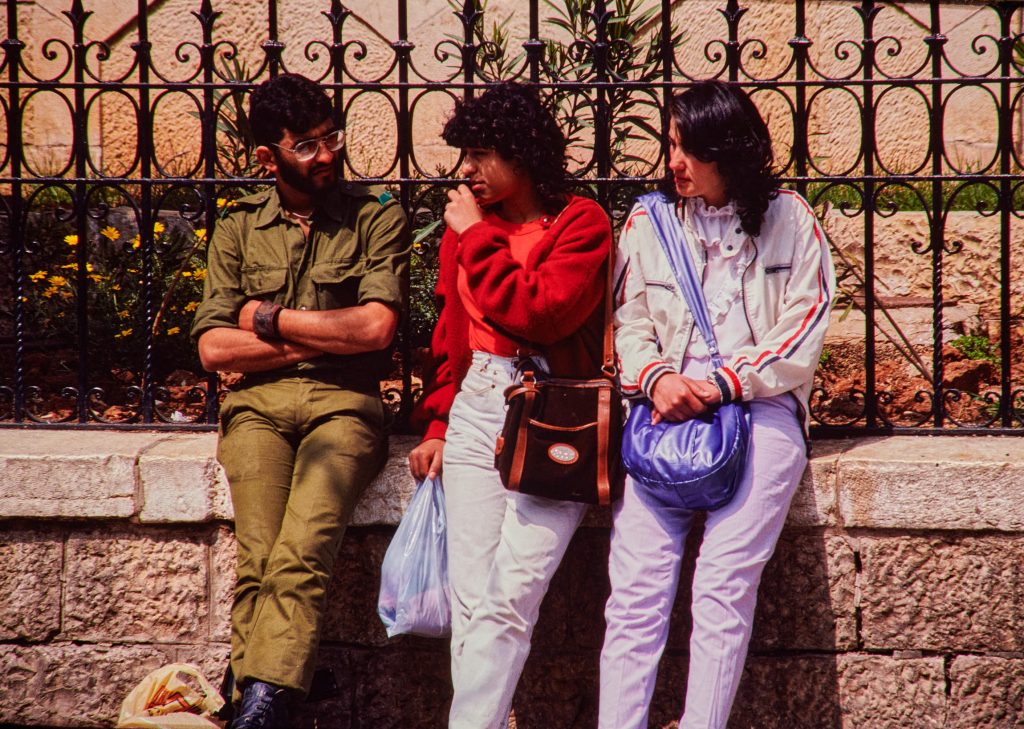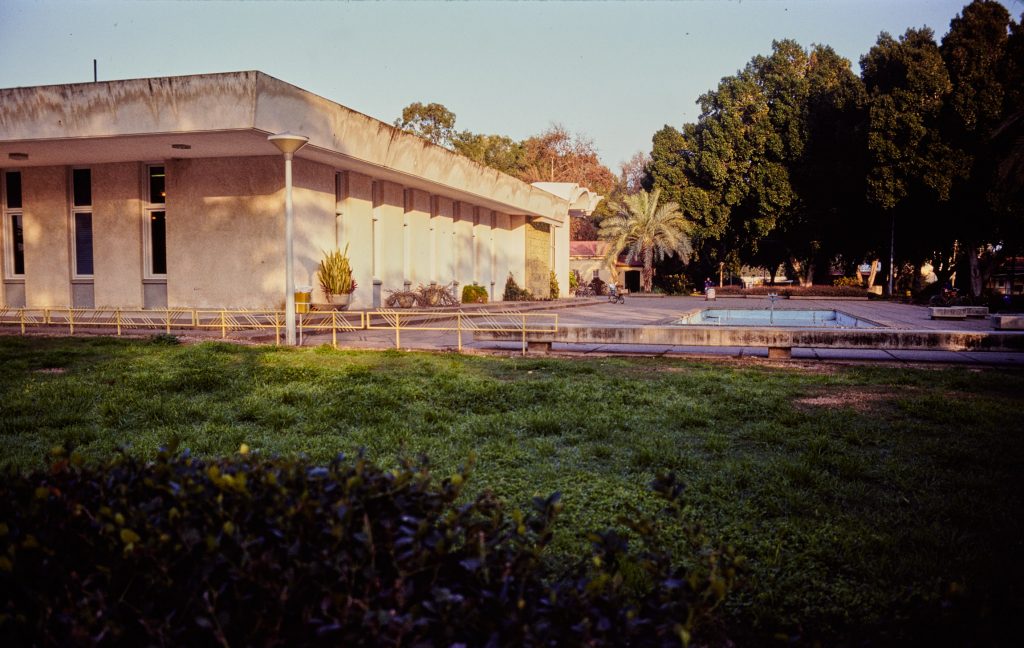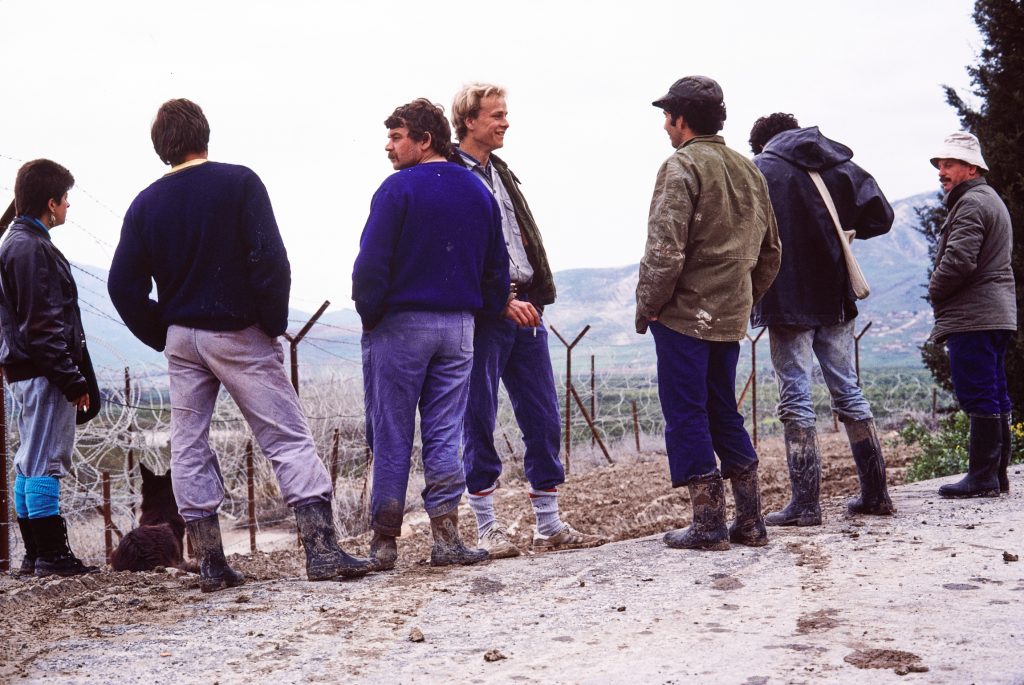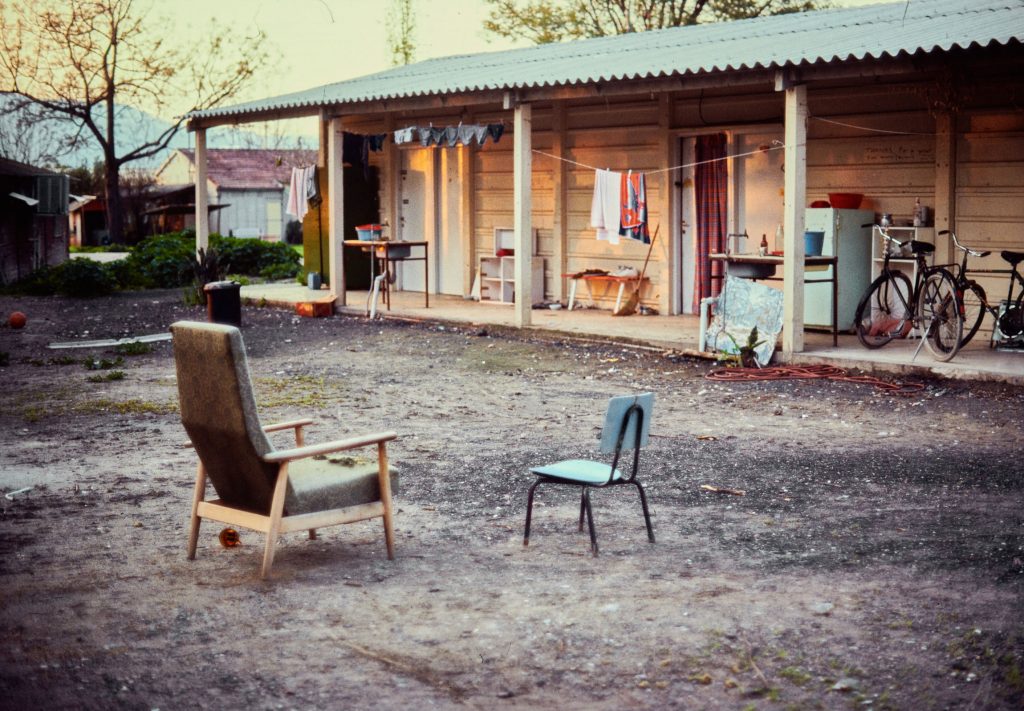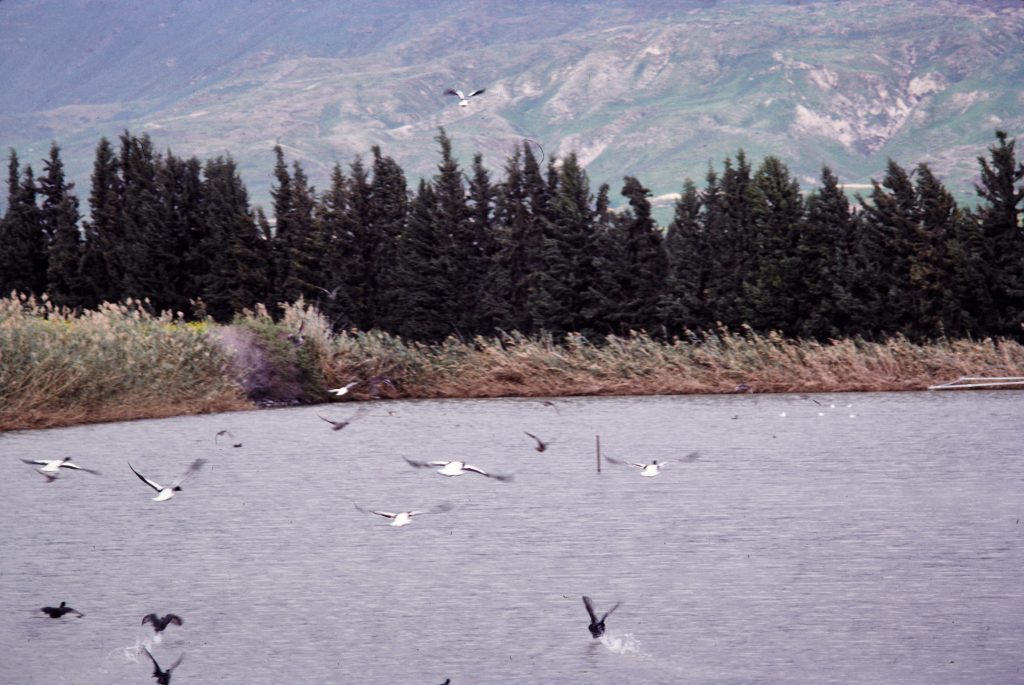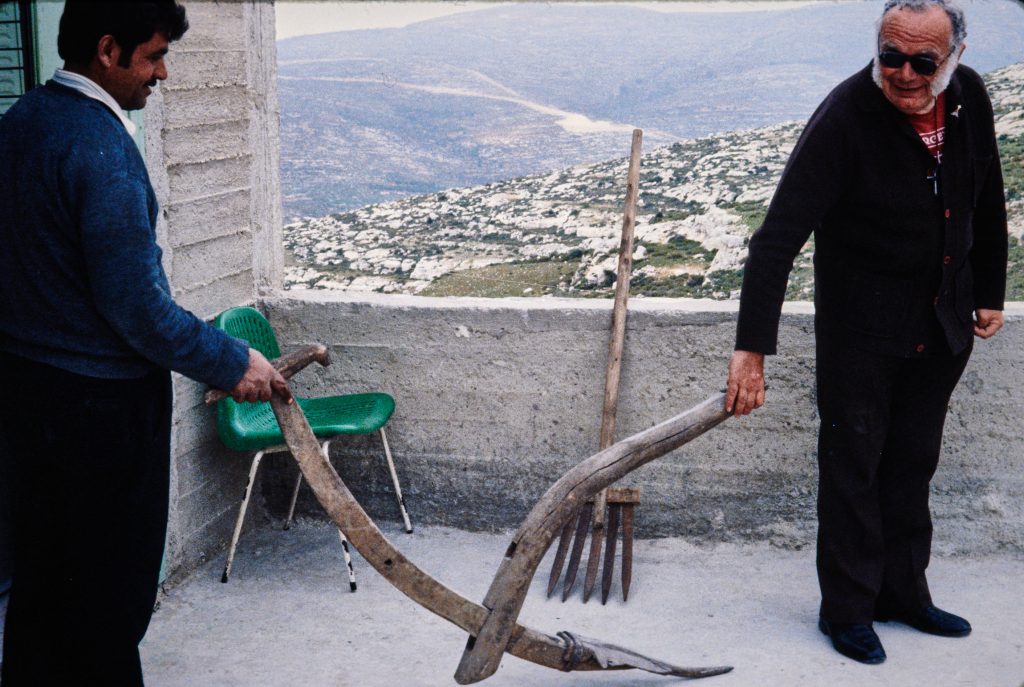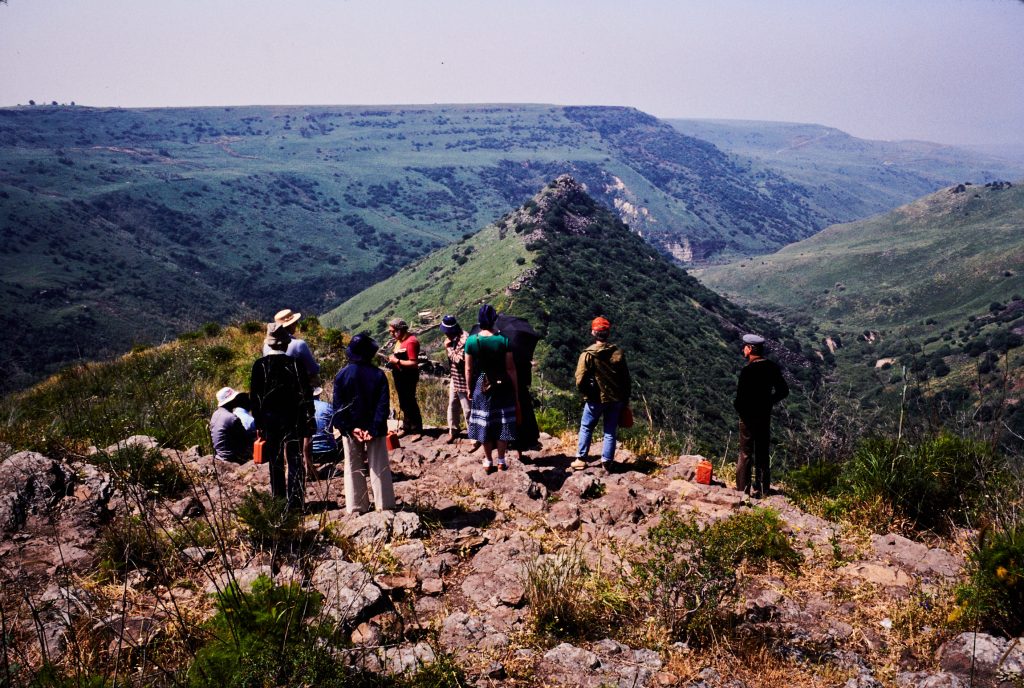I noticed that a number of my fellow clergy on retiring took a trip to the Holy Land. It seemed to me that taking that trip before my ministry career was established, to benefit my years in ministry, would have lasting value for me instead of waiting for retirement to go. I was young, and unattached. Now was the time for me to go. Once I’d settled down and with the low income paid clergy, I’d likely be set in my ways for some time. A scholarship and three frugal years buying baloney instead of ham made this possible. Now was my chance.
I had as well decided to return to grad school to develop my counseling skills. The plan though was to begin with time spent in Israel. Originally, I’d planned to take a month long course at St, George’s College, Jerusalem, a Christian college offering short courses taken by many clergy. The college was situated within the Cathedral Close of the Church of England in Jerusalem. Being an Anglican priest, this seemed ideal. I added to that a second month course.
It was said that a month in Israel was worth a year of education at theological school. So I thought, what would a year in Israel be worth?
My plan then expanded beyond St. George’s. I decided to take a semester at the Overseas program at the University of Haifa. For my grad school I was required to have an introductory sociology course. U of Haifa allowed me to take that course as part of my program. The other courses were in Tenach (from the Hebrew Bible), Jewish Thought, and a course in Middle Eastern Media politics. I was expected to study modern Hebrew language as well. Other extra-curricular classes presented themselves including Hebrew dancing and how to live a proper Jewish religious life.
A goal for me with the added months was to step out of my own cultural circle, and immerse myself in another. This was 1982-83.
University of Haifa
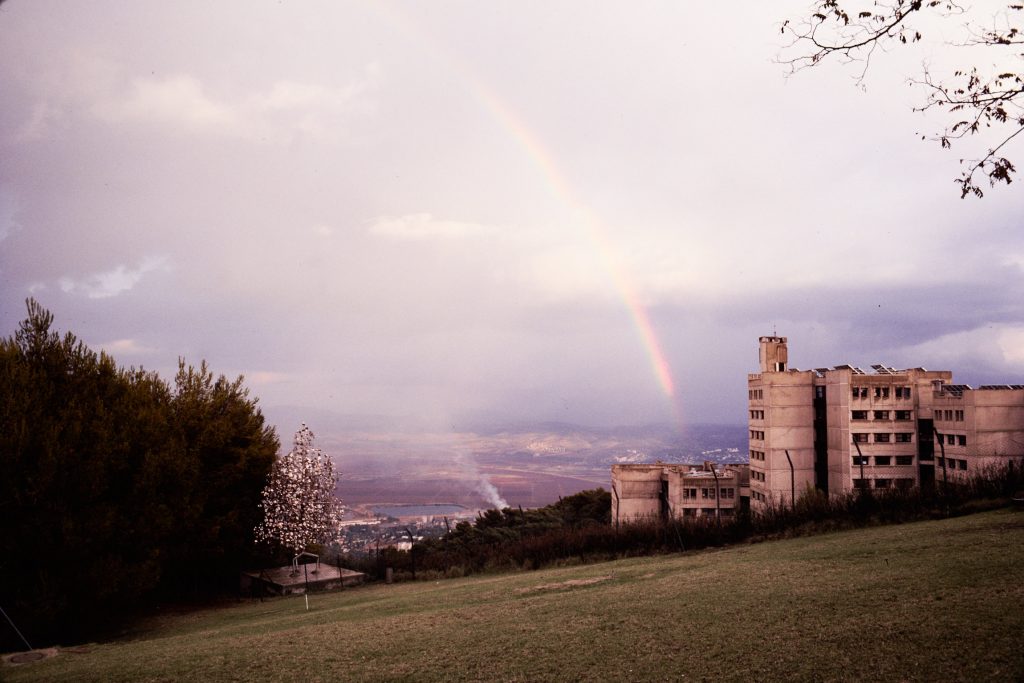
The University of Haifa sits on top of Mount Carmel, a high promontory in the north half of Israel with the Galilee to the west and north. As everywhere in Israel, the land on which one stands on has stories dating back thousands of years. I wasn’t just reading about Elijah confronting the prophets of Baal at Mount Carmel, I was standing on the very mountain. Before me to the east was the Jezreel Valley, the southern end being the place of Armageddon, the major battle of good and evil at the end of times recorded in the Christian scriptures. Hebrew sacred books describe many important battles fought in the valley. Today, the valley is rich agricultural land.
I remember it was oppressively hot when I first arrived. But I discovered every day, always at 4PM, in the very spot seen in the picture above, a cooling breeze would blow in from across the Jezreel valley, wash over me, refresh and restore me. I was so grateful. It seemed in my mind that in that breeze was a presence, perhaps the same presence those thousands of years before, a presence that on the command of the prophet Elijah caused an altar to explode in fire and as a result, convinced the reluctant Israelites that the 450 priests of Baal worshipped a false god and the one true God was the Lord God Almighty.
In the photo where I stood those late afternoons, you’ll see the residence to the right. A residence dorm unit I shared with 7 others, and my room I shared with Dudu who provided all the decor and carpeting. The photo of the room shows his side of our room though the photo is backwards actually. I just want to point out that I did make my bed.
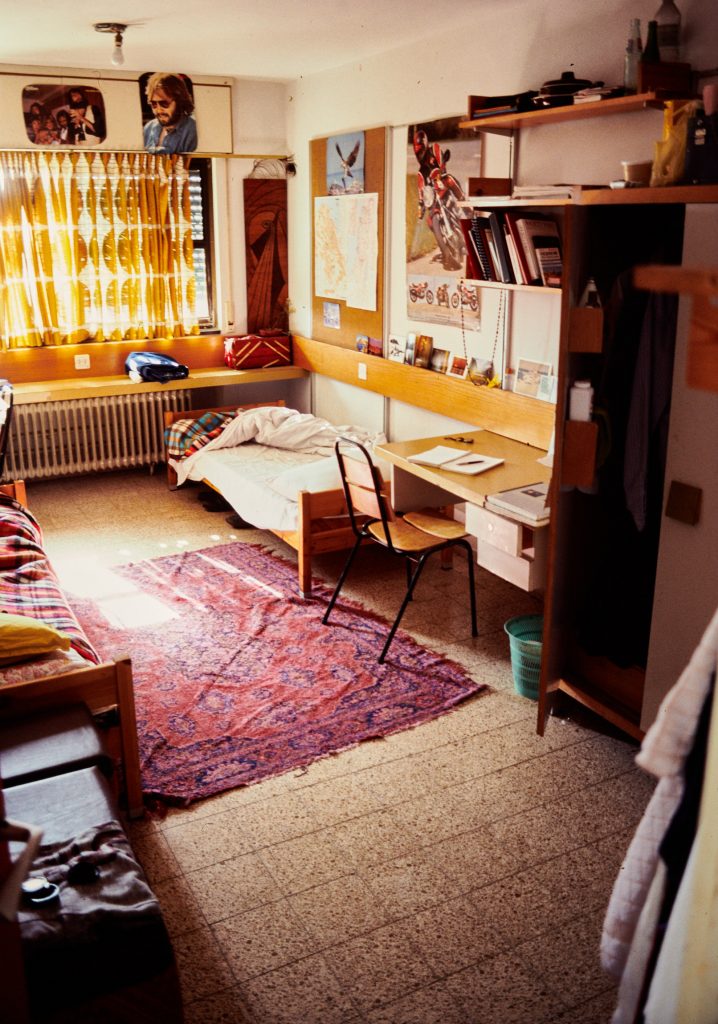
The school semester was delayed two weeks because of the recent 1982 Lebanon invasion. The Israeli military is a civilian force, the students part of the invasion. This delay was my first experience of living in a state under constant threat of attack. I would have bags searched going into a department store, not when leaving the store. Everything is attuned to security and defense. I recall walking through the underground parking under the tall tower of the University. It was supported by massive concrete pillars that seemed absurdly oversized, more like a small square room of solid concrete than a pillar. I learned the university parking doubled as a shelter strong enough to withstand rocket attacks. I went running every morning in the scrubby woods of the west side of Carmel, the traffic highway below designed to convert at a moment’s notice into a runway for fighter jets.
Standing in one of the Vancouver airport washrooms, looking in the mirror, on my way to Israel, I looked long into my own eyes and in a surprise thought to myself, summoned my courage for this adventure, calling on me to have the courage of Elijah to see this through. Feeling the breeze on Mount Carmel began a sojourn that transformed my life and set me on a new course, one for which I had no idea what to expect. It became far more than I ever imagined when working out my simple three-year study plan. The library of the University of Haifa was a two-story open concept space with mezzanines and windows floor to ceiling looking out across the Jezreel Valley. In that library, I spent many happy hours. My life-long adventure had begun just there, on Mount Carmel.
Tiyul
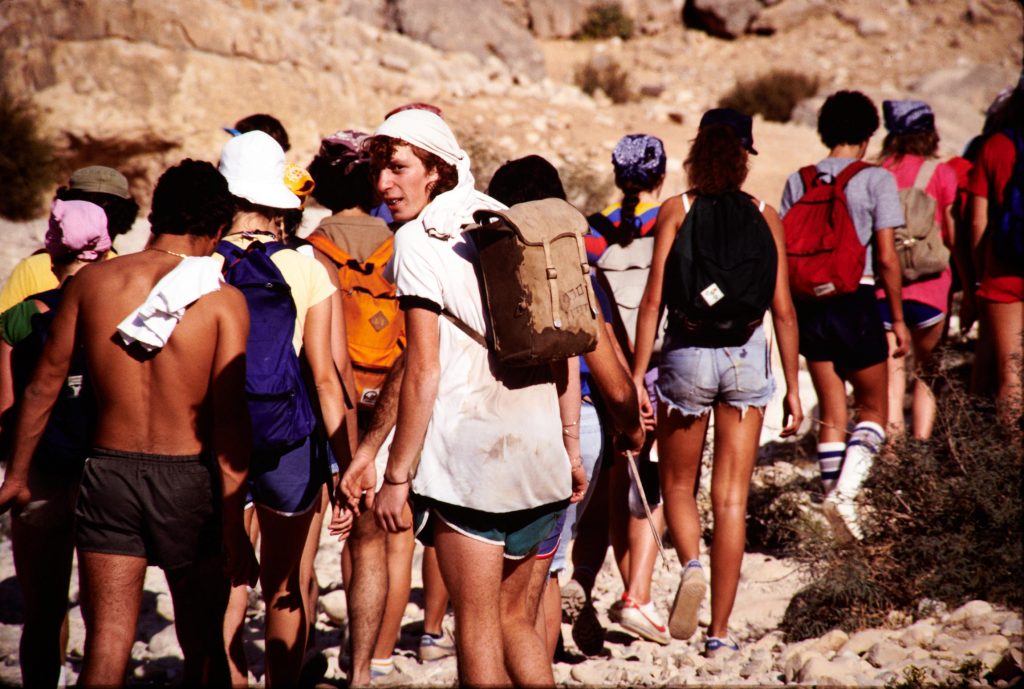
While the coursework was standard academic study, the classes were organized into 4 days and for 2-3 days of each week a Tiyul or trip was planned. These were included in the program and along with excellent classroom teaching, the Tiyuls were the kind of education I desired, that is to get to know the land, the land of the bible.
Among other trips, we spent many weekends walking through the Judean Desert and the Negev. The modern Israeli spends much time walking the country. It’s an important part of the civilian military training. In fact, in 1948, eventual success of the Israeli Haganah came from them following routes through the desert wadis, the valleys, guided by their biblical scriptures that referenced these routes, the routes used in successful ancient battles and assaults that won them battles again in modern times.
When I was there, the Israeli youth clearly loved the land, loved to walk the land and knew every inch of it. We, too, walked the land of so much history, ancient and modern. You’ll note in the photos, at one time we walked along Herod’s aqueduct, a sign of his greatness, that he could deliver water through the desert for the fountains of his palace, so great was he. At times, along the route of the aqueduct would be Bedoin people offering for sale bottles of orange pop.
Military Service
It was said to me that to know modern Israel one would have to spend time on a military base and on a kibbutz.

One of the U of Haifa Tiyuls was to a military base. I signed up. I thought that perhaps I’d get to see some fighter jets. We stayed for a weekend at a two-room building on top of an elevation in the middle of Samaria overlooking an Arab village. I didn’t take any pictures.
There were no comforts. Steel bunks. I’m not even sure we had plates or bowls for food. The food came in bowls. Rice I think was all we had and baskets of sliced commercial pasty white bread. No cutlery, I remember. We ate with our hands. I learned to wipe my food covered hands with a slice of bread. No body ate the bread.
Israel has a civilian military. All youth graduating high school begin a 2-year military training and service before going on to higher education or the working world. And then they serve each year for a period, and do this throughout their life. Israel’s civilians live with the possibility of war at any time. Rockets are often being fired at Israel’s cities. Israel has survived many conflicts over the decades since 1948 with being very astute in their calculations and having the fourth strongest military in the world and a deep intelligence network. To achieve this, Israel believes military training should be harder than war. You can see that in the Israelis’ eyes. I knew by the eyes, a look in their eyes, a distant look, a loss of innocence, in the eyes, who had been through training.
While the university students at Haifa would have done their service, some in my dorm apartment were in a special program, to help them adapt better to the military duty. They were, by Israel’s standards, trouble-makers and the program was to give the young men an appreciation of their future after the military service, to motivate them, by first giving them an experience of what they had to look forward to before starting their training.
Their supervisor was also in my dorm apartment. He had just finished his duty with the frogmen for two years, the most demanding of any of the services. And any training was demanding. He told me that so much had been asked of his body and his mind that despite being incredibly fit, he could do no more than a simple walk. He didn’t have anything left in his body, except to walk, slowly. He had done his duty, no matter the cost.
When I was in grade nine there was still compulsory military training for all boys. We were issued uniforms, scratchy old wool ones, no doubt left over from the Second World War. We spent a couple of hours each week for the fall learning parade ground deportment and discipline. Not a lot was asked of me. Nothing really.
I had an American friend, went to Viet Nam when he was 19. Never came back, well did in a body bag. Didn’t get to live out his own life; died for his country.
Others before me, just one generation before me, spent their youth fighting in war, sacrificed themselves physically and psychologically, some dying so young and healthy, in order for me to pursue the life I desired, do what I wanted with my life. I did learn a lot about Israel, learned what one has to give up, if one is not free to live as one wishes. What Israelis have given up for their freedom. The very same can be said for the Palestinians.
Kibbutz Sha’ar Ha Golan
It was said to me that to know modern Israel one would have to spend time on a military base and on a kibbutz. I had time between the end of the university semester and the start of courses at St. George’s. For many at the time who travelled rough around Europe, the kibbutz was a place to winter providing shelter and food in exchange for work. It suited me as well.
I applied to a kibbutz at the south end of Lake Kinneret. It was by its name, the gate of the Golan. In fact I stood at the back fence, at a post where three fences met that marked the meeting of the borders of Israel, Syria and Jordan. It is also the location of one of the most important early sites of habitation going back 8000 years. I was reading James Michener’s The Source when there, the very place the early part of the book was written about. There’s a lovely museum as well of discovered artifacts of this first human settlement of a previously nomadic people.
Kibbutzim were the front line of the new state of Israel securing the perimeter, often in the beginning under steady rocket fire. The kibbutz movement is a collective-based social order informed by on socialism and Zionism, most being secular and some religious. They were a utopian society clearing land and draining swamps for the new nation.
Volunteers start out at Kibbutz Sha’ar Ha Golan working in the plastics factory. I stood by a machine and watched it slowly make the plastic blinds and then I’d lift the bundle off the track. Every volunteer must also spend one week in the kitchen washing all the pots from the collective breakfast and lunch. I offered to stay for two weeks doing pots and pans. I got to work at my own speed, and working hard I could even finish early.
I soon was moved to bananas soon which was desirable. That’s the grouping in the photo. I would hold the banana stalk while someone cut the stock. I would then carry it to a rack part of a shipping system designed by Israelis. Mine were the only hands to touch the bananas until the shopkeeper in Europe. I went from there to the Refet, three of us on one of three 8-hour shifts milking 800 head of cattle. Volunteers rarely did that work, but the kibbutznik looking after the newly purchased horses for $1 million USD had to leave for his yearly military service, and seeing I visited the horses everyday anyway, they had me working near them in case something happened. Better than plastics.
It was an established and wealthy Kibbutz farming kinds of produce, producing milk, manufacturing the blinds, keeping trout ponds that you see in the photos. Kibbutzim represent nearly 10% of the industry and 40% of the agriculture of Israel.
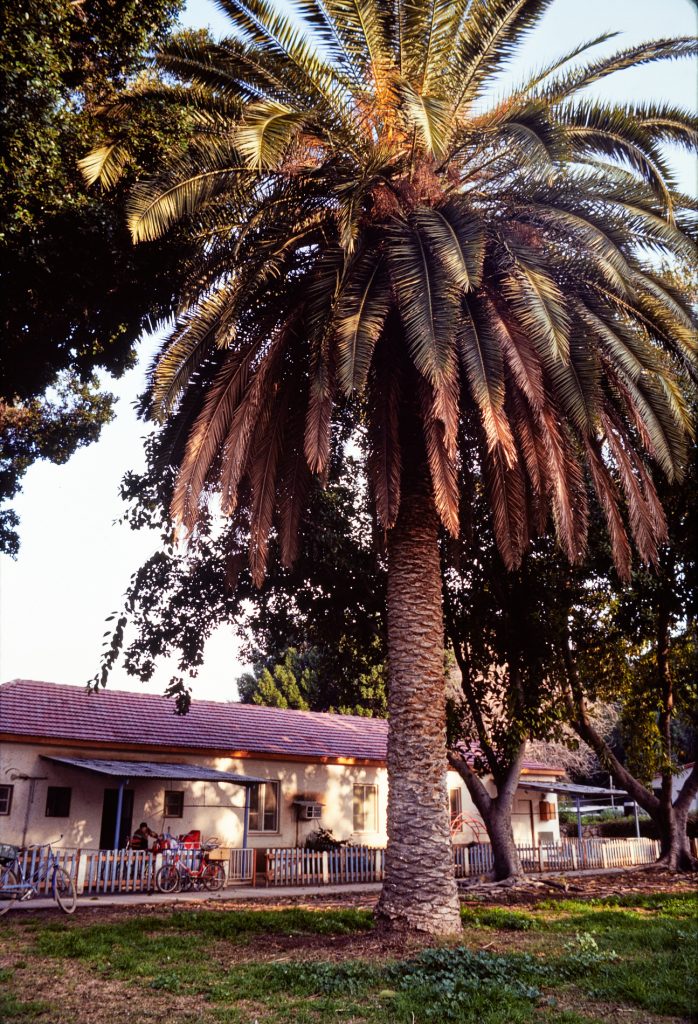
I regularly visited one of the families. I had made a request for such. I wanted to get to know kibbutznik life better. One picture is of their home. On my day off each week, I’d ride a kibbutz bike along the east side of Lake Kinneret up to the other end and the traditional site of the Mount of Beatitudes. I’d watch the tour busses come up the hill, enter the beautiful chapel, twenty minutes later leave. When they left the songs of the birds returned as I lay there in the grass, Lake Kinneret stretched out below me.

When there, the kibbutz celebrated Purim. I helped make the faces hung in the dining hall for the celebration, the pink was my contribution, I think. Our supervisor came to the volunteers and read us the story of Purim but stopped before the actual end of the story, thankfully.
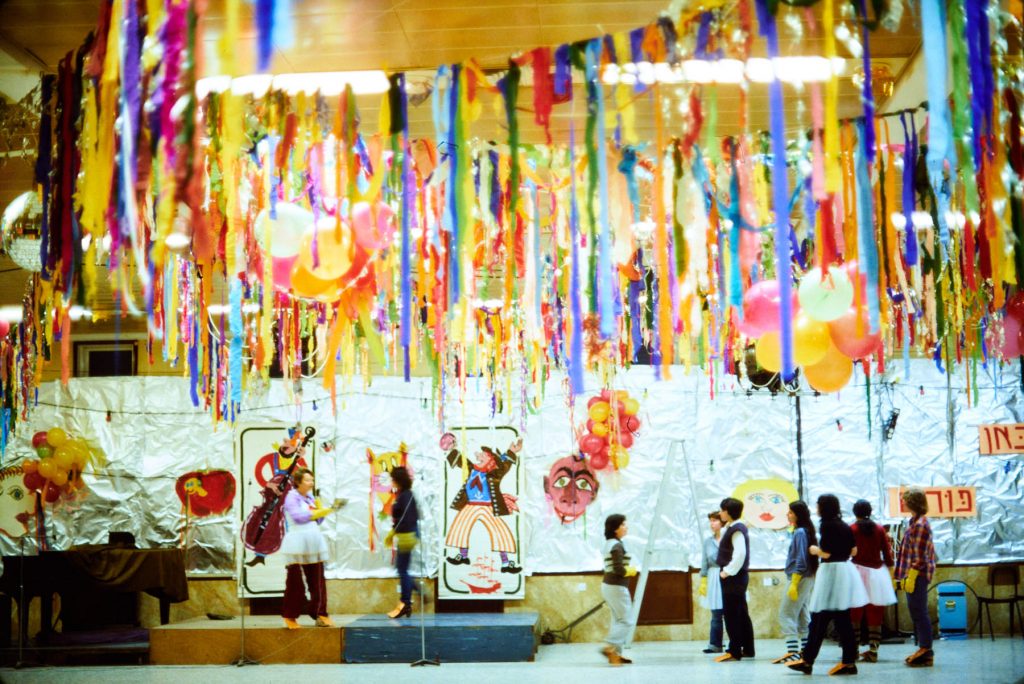
The experience on the kibbutz was a exceptional time for me matching all the others. I could nearly imagine living there among the treed pathways, living an idyllic life. Ok. They had a few hundred opinions and nothing happened until they all agreed!
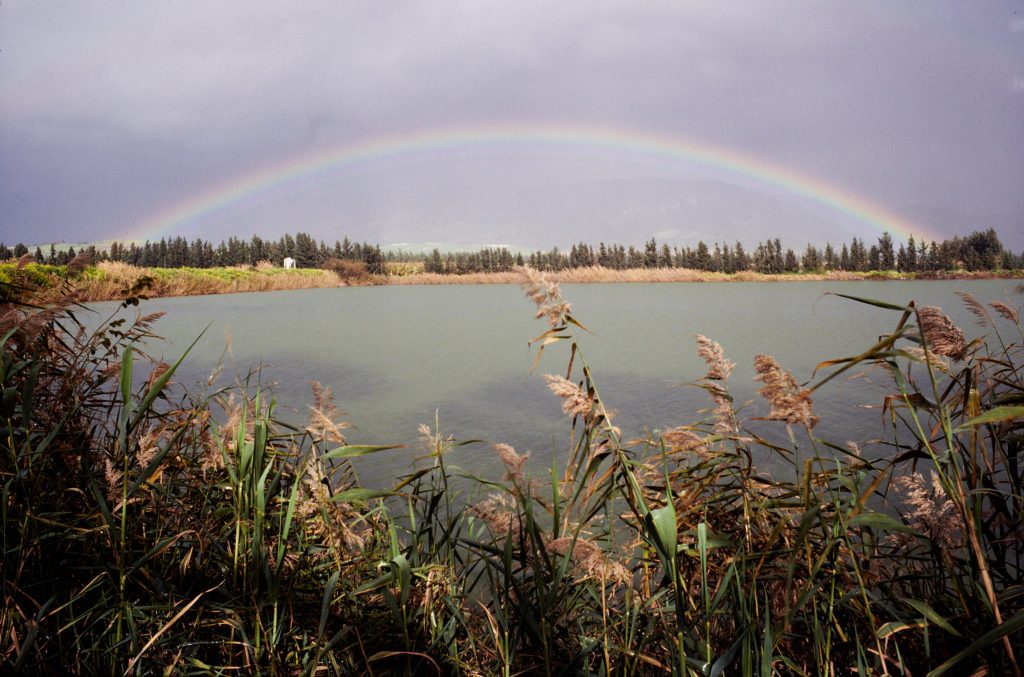
St. George’s College, Jerusalem
Study at St. George’s was a return to my own world. My first course was in the spring during Easter and was a study of Eastern Orthodoxy with visiting professor Dr. Marion Hatchett.
Just prior to Christmas I and a classmate made the trip from Haifa to Jerusalem as arrangements to attend the Christmas eve service at the Church of the Nativity in Bethlehem had to be made in person. I went to the Anglican cathedral service Sunday morning. The college is within the cathedral close. At the door, I introduced myself to the Dean and was invited into lunch that’s held each week after church service. I had made the point to live outside my own culture until the spring course except for the celebration of Christmas. After weeks eating a lot of vegetables and no meat, because of the expense, I sat down at a long English table looking through a leaded window out to a rose garden, and I feasted on a roast beef dinner including the Yorkshire pudding, in Jerusalem no less.
St. George’s offers courses of various themes that explore the land and culture, in particular the Christian culture of Palestine Israel. That month at St. George’s was a year of education, a lifetime of experience. It was a time like no other to breathe and walk and pray and witness what are otherwise just words in sacred books and historical references.
I had to leave St. George’s early not taking the second course, to return home due to my father’s hospitalization. I also missed a week-long camel trip into the Sinai with Haifa friends.
What did I miss? What would I have missed if I’d never gone? I wouldn’t have known what I missed. Isn’t that the way it is? We take a path and it takes us. And becomes a life. I had a good life.
Post Script
I realize I don’t have photos of the college or my classmates except the ones you see of us walking through the tall grass arriving at Gamla, in the Golan, a story similar to Masada. In fact, I don’t have a lot of photos of many of my adventures, the reason being I could only bring 10 rolls with me. Otherwise, one was expected to buy film in Israel, but it was complicated with development of film in Europe. Fortunately friends of my parents had a trip to Israel and they brought 10 more rolls for me. And 20 rolls were about all I could afford anyway. So for the whole of my sojourn, with everyday an adventure, I had as many shots of film for ten months as I would shoot now over one day at a small event.
I’m grateful to have the photos to recall that year. And I add to them many personal memories that charted the course of my life, changed it significantly, actually. That trip to this day still informs what I do and think.
The young man who looked into the mirror in the Vancouver airport had no idea what lay ahead. That he took that leap, went to listen, gave that young man a chance to find his own way, find it first in ancient tracks, streets, wadis and caves, inhabited and traversed before him by every ancestral and human genus and every human civilization. I had a dream my first night in Israel, and I stood on the ridge of Mount Carmel with the afternoon breeze rising from the Jezreel valley to sooth my burned skin, and had a note in my bag, words of Julian of Norwich, given me by a woman, my surrogate mother, someone who cared for me, hand-written by her in beautiful, perfectly scribed letters, ‘All shall be well; All shall be well; All manner of thing shall be well.’ And it was.

